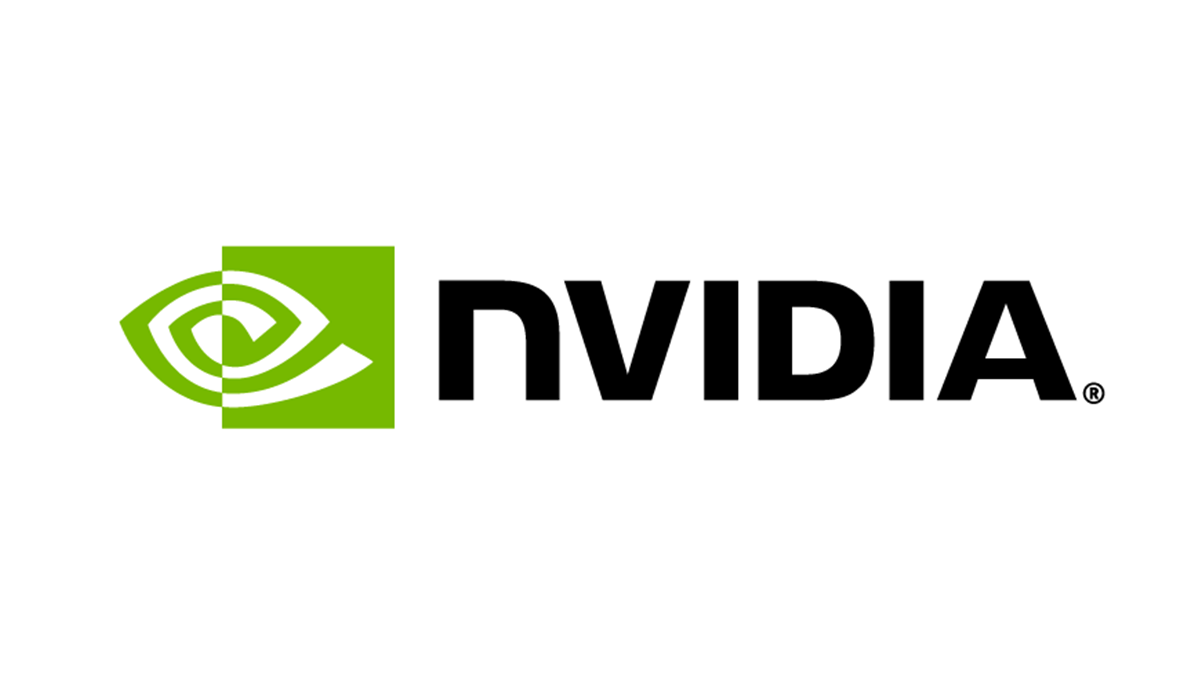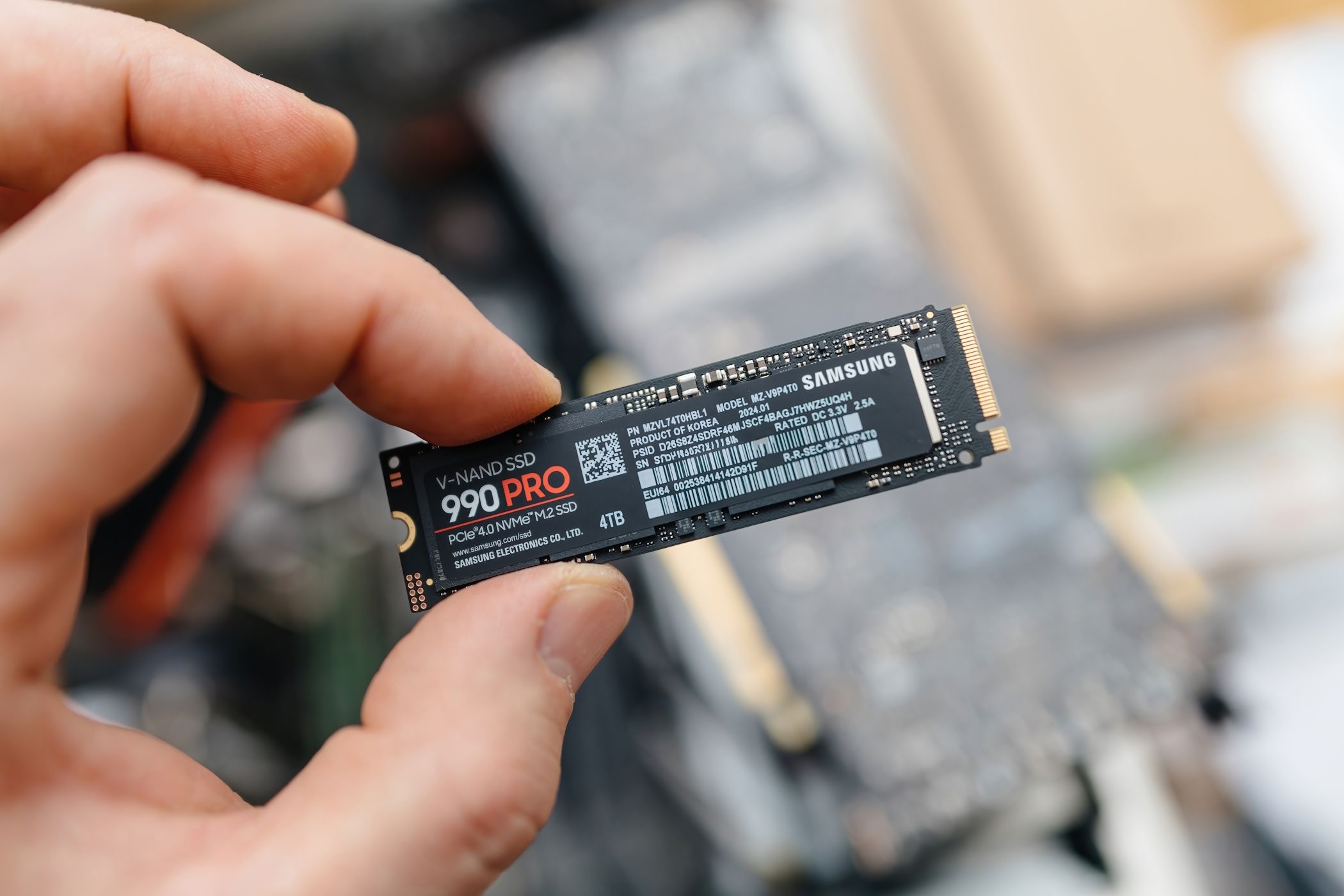Introduction: Security at a Tipping Point
Security Operations Centers (SOCs) were built for a different era, one defined by perimeter-based thinking, known threats, and manageable alert volumes. But today’s threat landscape doesn’t play by those rules. The sheer volume of telemetry, overlapping tools, and automated alerts has pushed traditional SOCs to the edge. Security teams are overwhelmed, chasing indicators that often lead nowhere, while real risks go unnoticed in the noise.
We’re not dealing with a visibility problem. We’re dealing with a relevance problem.
That’s where Continuous Threat Exposure Management (CTEM) comes in. Unlike detection-centric operations that react to what’s already happened, CTEM shifts the focus from what could happen to “why it matters.” It’s a move away from reacting to alerts and toward managing risk with targeted, evidence-based actions.
The Problem with Alert-Centric Security
At its core, the SOC is a monitoring engine. It digests input from firewalls, endpoints, logs, cloud systems, and more, and then generates alerts based on rules and detections. But this model is outdated and flawed in a modern environment where:
- Attackers stay under the radar by combining small, overlooked vulnerabilities to eventually gain unauthorized access.
- Tool overlap creates alert fatigue and conflicting signals.
- SOC analysts burn out trying to sort through and evaluate potential incidents that lack business context.
This model treats every alert as a potential emergency. But not every alert deserves equal attention, and many don’t deserve attention at all. The consequence is SOCs are pulled in too many directions, with no prioritization, solving for volume instead of value.
CTEM: From Monitoring to Meaning
CTEM reimagines security operations as a continuous, exposure-driven approach. Instead of starting with alerts and working backward, CTEM starts by asking:
- What are the most critical assets in our environment?
- What are the actual paths an attacker could use to reach them?
- Which exposures are exploitable right now?
- How effective are our defenses against the path?
CTEM isn’t a tool. It’s a framework and discipline that continuously maps out potential attack paths, validates security control effectiveness, and prioritizes action based on real-world impact rather than theoretical threat models.
This is not about abandoning the SOC. It’s about evolving its role from monitoring the past to anticipating and preventing what’s next.
Why This Shift Matters
The rapid escalation of CTEM signals a deeper transformation in how enterprises are approaching their security strategy. CTEM shifts the focus from reactive to dynamic exposure management, reducing risk not just by watching for signs of compromise, but by eliminating the conditions that make compromise possible in the first place.
The points below illustrate why CTEM represents not just a better security model, but a smarter, more sustainable one.
1. Exposure and Exhaustion
CTEM doesn’t try to monitor everything. It identifies what’s actually exposed and whether that exposure can lead to harm. This drastically reduces noise while increasing alert accuracy.
2. Business Context Over Technical Clutter
SOCs often operate in technical silos, detached from what matters to the business. CTEM injects data-driven risk context into security decisions, and which vulnerabilities are hidden in real attack paths leading to sensitive data, systems or revenue streams.
3. Prevention Over Reaction
In a CTEM model, exposures are mitigated before they’re exploited. Rather than racing to respond to alerts after the fact, security teams are focused on closing off attack paths and validating the effectiveness of security controls.
Together, these principles reflect why CTEM has become a fundamental change in mindset. By focusing on what’s truly exposed, correlating risks directly to business outcomes, and prioritizing prevention, CTEM enables security teams to operate with more clarity, precision, and purpose to help drive measurable impact.
What CTEM Looks Like in Practice
An enterprise adopting CTEM may not reduce the number of security tools it uses but it will use them differently. For example:
- Exposure insights will guide patching priorities, not CVSS scores.
- Attack path mapping and validation will inform control effectiveness, not generic policy updates.
- Validation exercise – such as automated pentesting or autonomous red teaming – will confirm whether a real attacker could reach valuable data or systems, not just whether control is “on.”
This core strategic change allows security teams to shift from reactive threat assessment to targeted, data-driven risk reduction where every security activity is connected to potential business impact.
CTEM and the Future of the SOC
In many enterprises, CTEM will sit alongside the SOC, feeding it higher-quality insights and focusing analysts on what actually matters. But in forward-leaning teams, CTEM will become the new SOC, not just operationally but philosophically. A function no longer built around watching but around disrupting. That means:
- Threat detection becomes threat anticipation.
- Alert queues become prioritized risk based on context.
- Success is no longer “we caught the breach in time” rather it’s “the breach never found a path to begin with.”
Conclusion: From Volume to Value
Security teams don’t need more alerts; they need better questions. They need to know what matters most, what’s truly at risk, and what to fix first. CTEM answers those questions. And in doing so, it redefines the very purpose of modern security operations not to respond faster, but to remove the attacker’s opportunity altogether.
It’s time to shift from monitoring everything to measuring what matters. CTEM isn’t just an enhancement to the SOC. It’s what the SOC should become.










